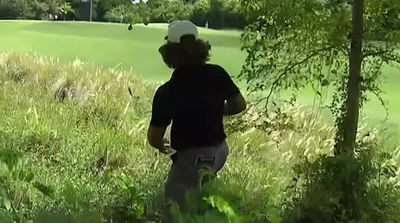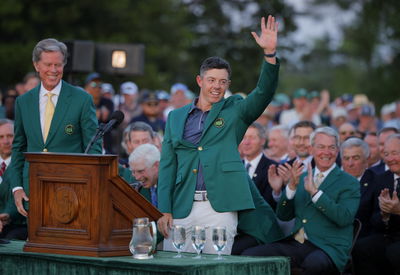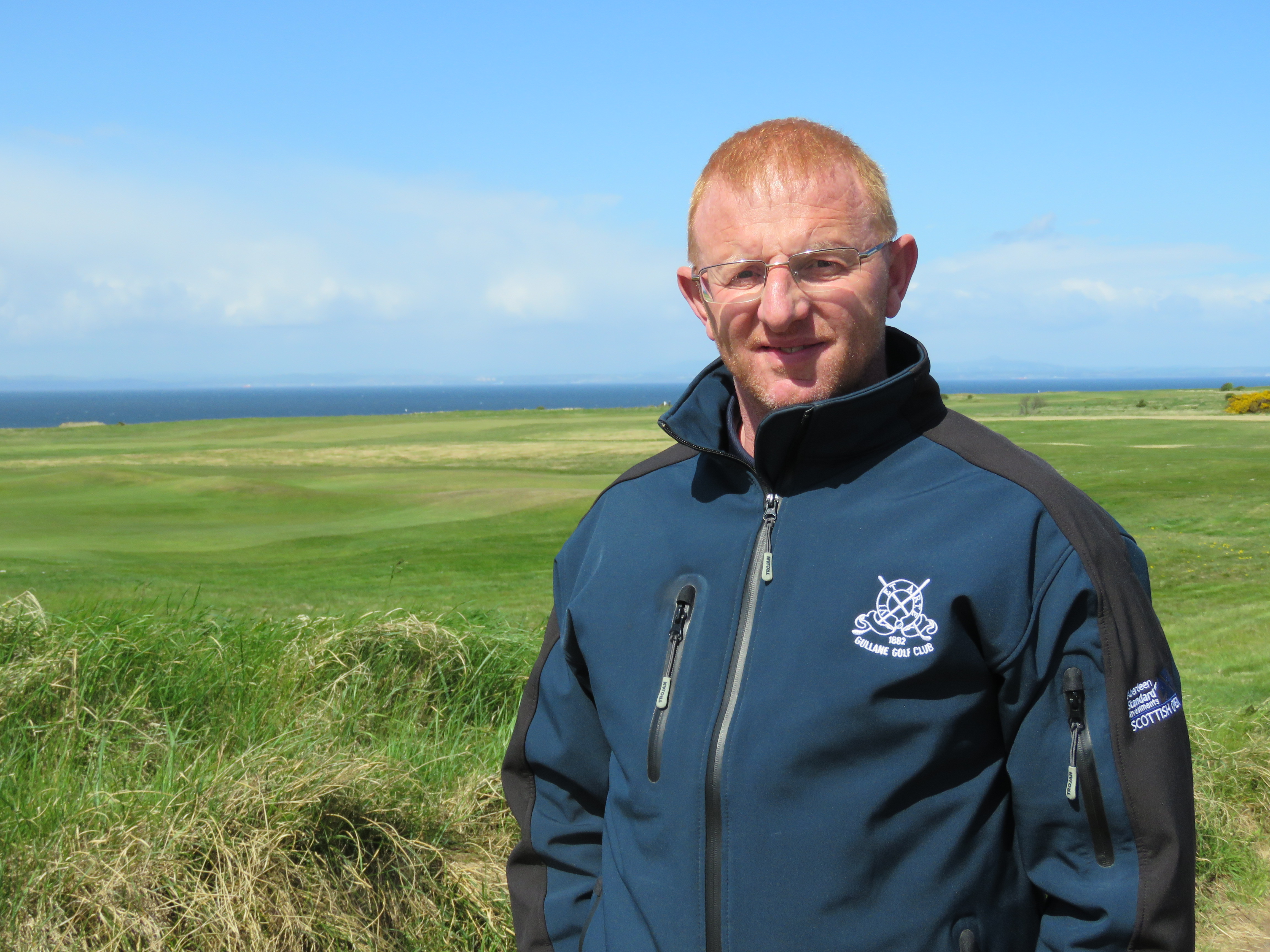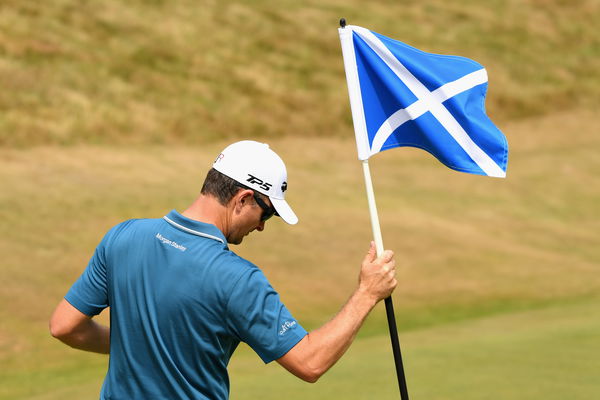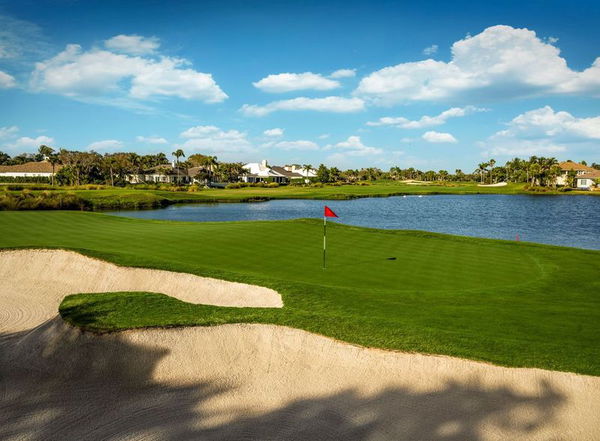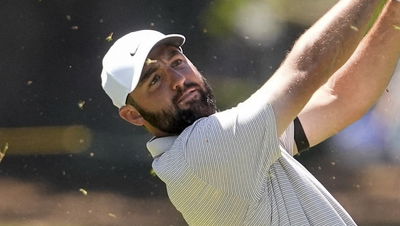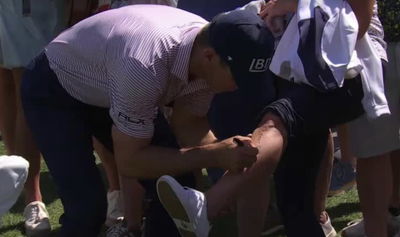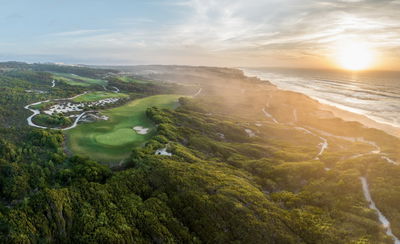Greenkeepers discuss the importance of golf course furniture...
What role do flagsticks, tee markers and yardage posts actually play in whether a golfer enjoys their round? We spoke to four greenkeepers to find out...
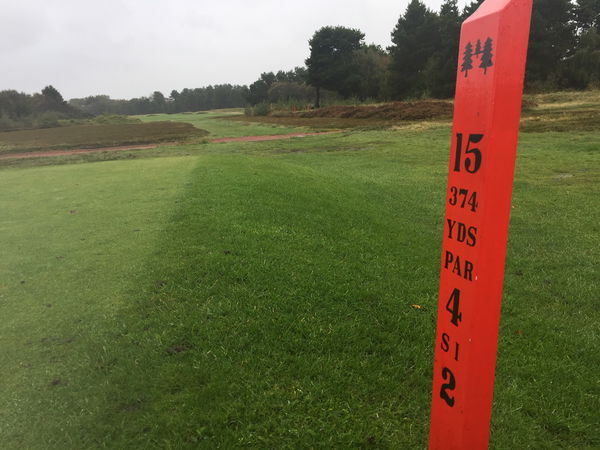
You only have to look at the news to hear about the latest golf clubs that have closed down. With competition for members fiercer than ever, greenkeepers are doing whatever they can to get their course looking as attractive as ever.
While the condition of the greens and the playability of the course will ultimately be what determines whether the golf course makes a lasting impression, it’s the little things that can push a club over the top.
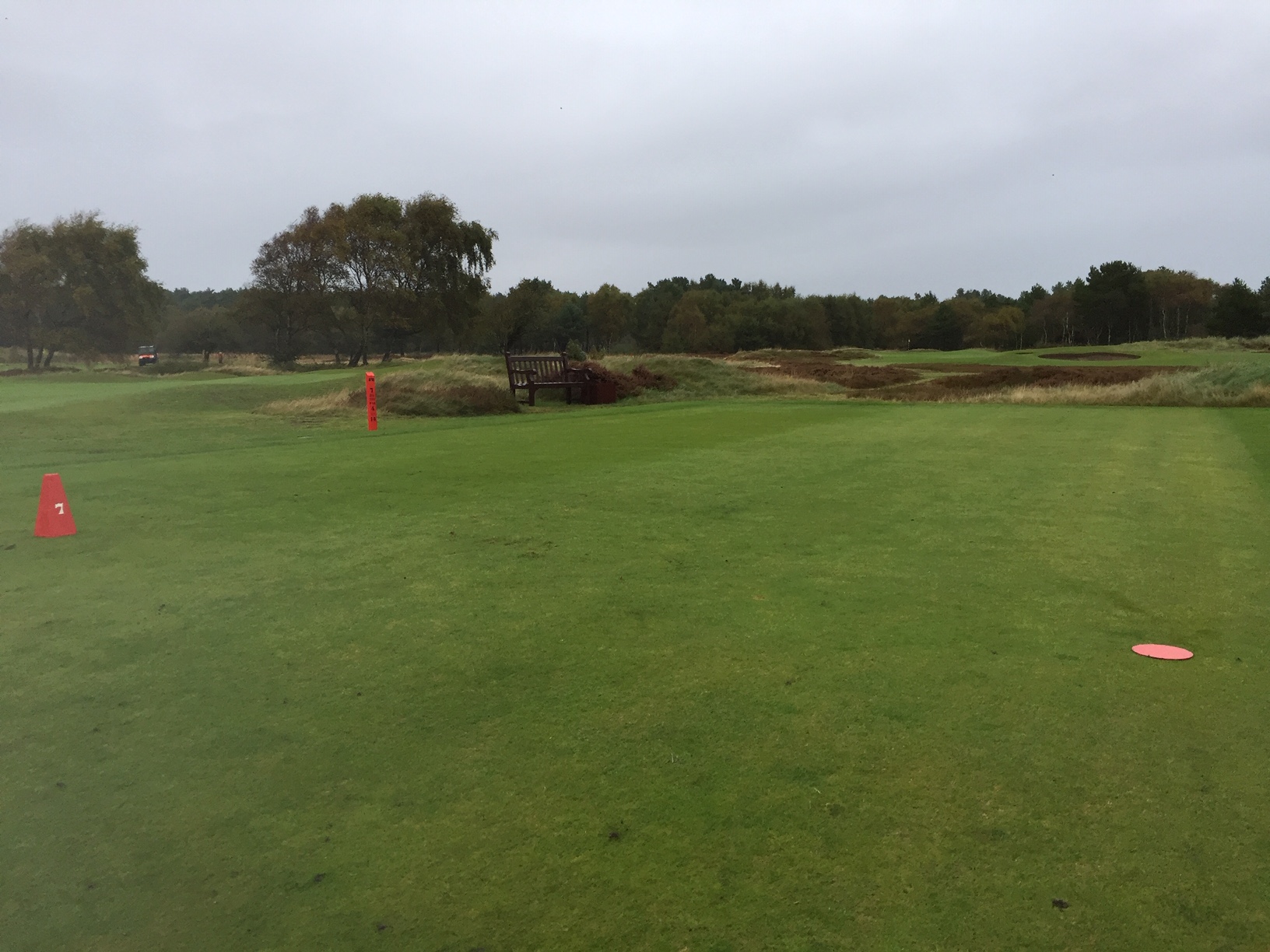
With that in mind, what role do flagsticks, tee markers and yardage posts actually play in whether a golfer enjoys their round?
We teamed up with our friends at BIGGA and spoke to four greenkeepers from around the UK, including the links superintendent at a recent Scottish Open venue, about their opinions on the importance of course furniture.
Their answers were all very different...
Stewart Duff, courses manager, Gullane Golf Club, host of the 2018 Mens and Ladies’ Scottish Opens
We have three courses here at Gullane, plus a six-hole kids’ course. The first thing we look for when choosing our course furniture is whether it is appropriate for our site – a links course on the Firth of Forth. The second thing to consider is that it has be durable and the third is that we try to find different furniture ideas for each course, – helping to differentiate between each of them.
Our No1 course currently has red flags with black and white striped flag sticks. There are wooden tee yardage posts and plastic logo tee markers. No 2 has white flags and half and half black and white sticks, with coloured tee yard sticks and pear-shape tee markers. No.3 has yellow flags, red and white striped flagsticks and painted tee yard sticks. We also painted up cobbles and used them as tee markers.
I personally like a minimal approach to course furniture. I love to see only the tee markers on the tee and I prefer mow-over yardage markers. I think bins should be away from the tee and I dislike caddies for broken tees. But that’s just my opinion and each to their own!
RELATED: PUTTING WITH THE FLAGSTICK IN IS A "GIMMICK" SAYS TOP COURSE MANAGER

Andrew Laing, course manager, Gaudet Luce Golf Club, Worcestershire
My general thoughts regarding course furniture is that ‘less is more’. I don’t like the course to look cluttered by having too many signs, bins or ball washers dotted around. Instead, I try to find strategic points around the course where they can be placed that doesn’t form an obstruction, either physically or visually.
We have recently removed half of the bins from around the golf course. Some were seldom used and simply created another obstacle to be maintained, checked and strimmed around. After a short period of adjustment, members are now used to this and are happy to hold on to their litter a little longer. While we are not a club with a particularly large budget, I believe that any course furniture that is used, whether it be tee markers, pins, flags, cups or signage, should be high quality.
For me, there is nothing worse than a flimsy pin, complete with a wind torn flag on an otherwise beautifully-presented golf green. Presentation is everything and course furniture, no matter how much you use, definitely makes a statement.
RELATED: GREENKEEPERS REVEAL THEIR BIGGEST ANNOYANCES WHEN IT COMES TO GOLFERS!
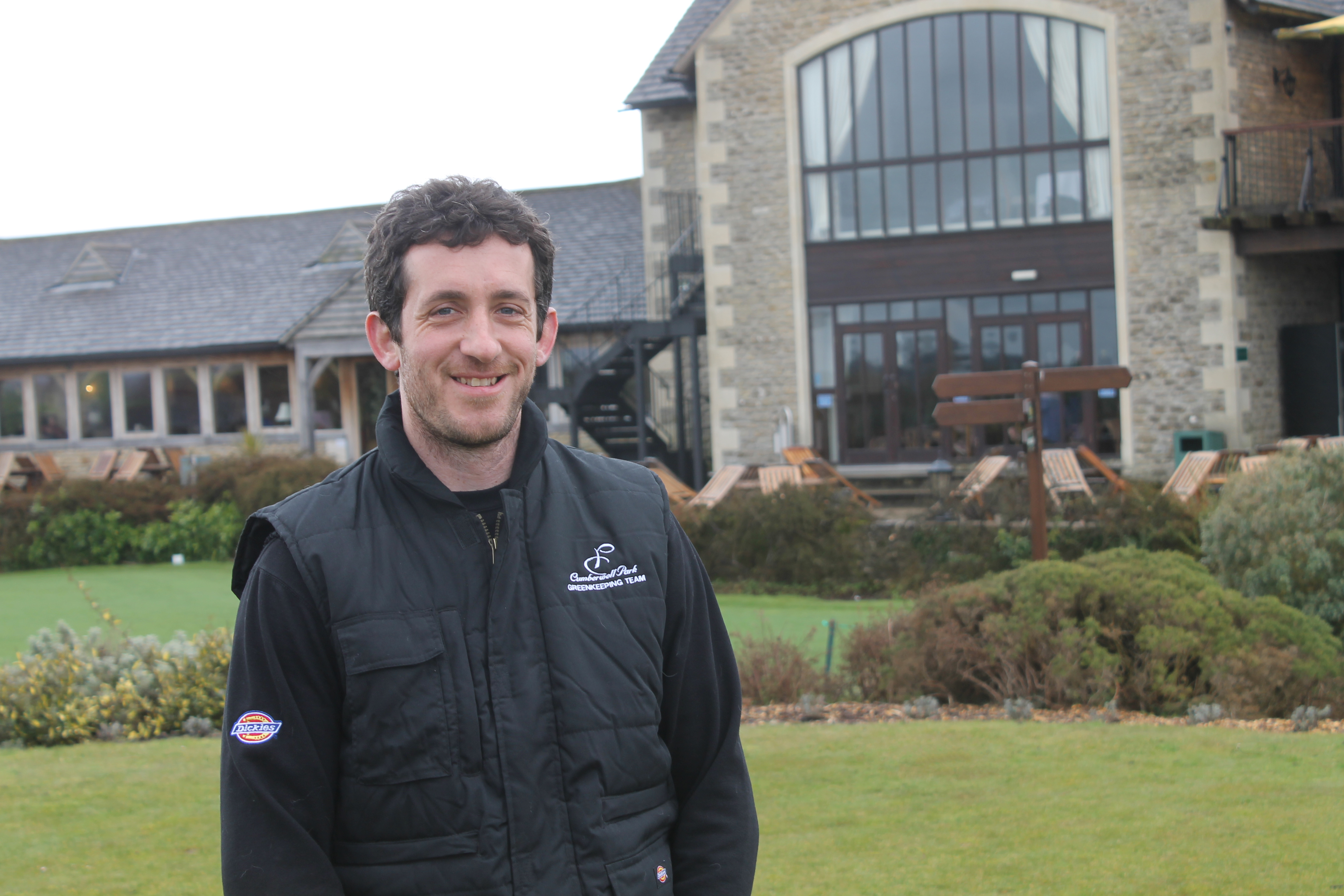
Matt James, head greenkeeper, Cumberwell Park Golf Club, Wiltshire
I’m also of the opinion that less is more. Some course furniture is unsightly and costly to purchase and maintain. We reduced the number of bins and washers a few years ago, so there is no more than one set every third hole.
We changed our tee markers seven years ago to a log style by purchasing locally-sourced wooden stakes and cutting them down to size. We then painted and oiled them and fitted some spikes. They are more natural than a plastic marker and so they fit in better with the experience we’re trying to offer.
We have wooden 150-yard posts, but these can be difficult to mow around. We trialled using discs on the fairways, but the members weren’t keen on these as they couldn’t see them as well as the posts.
We also have a number of requests for memorial benches. It’s great that people want their love ones to be remembered at the club, but these also come with the burden of maintaining them, so we tend to offer people the chance to plant a tree in memory of a past member.
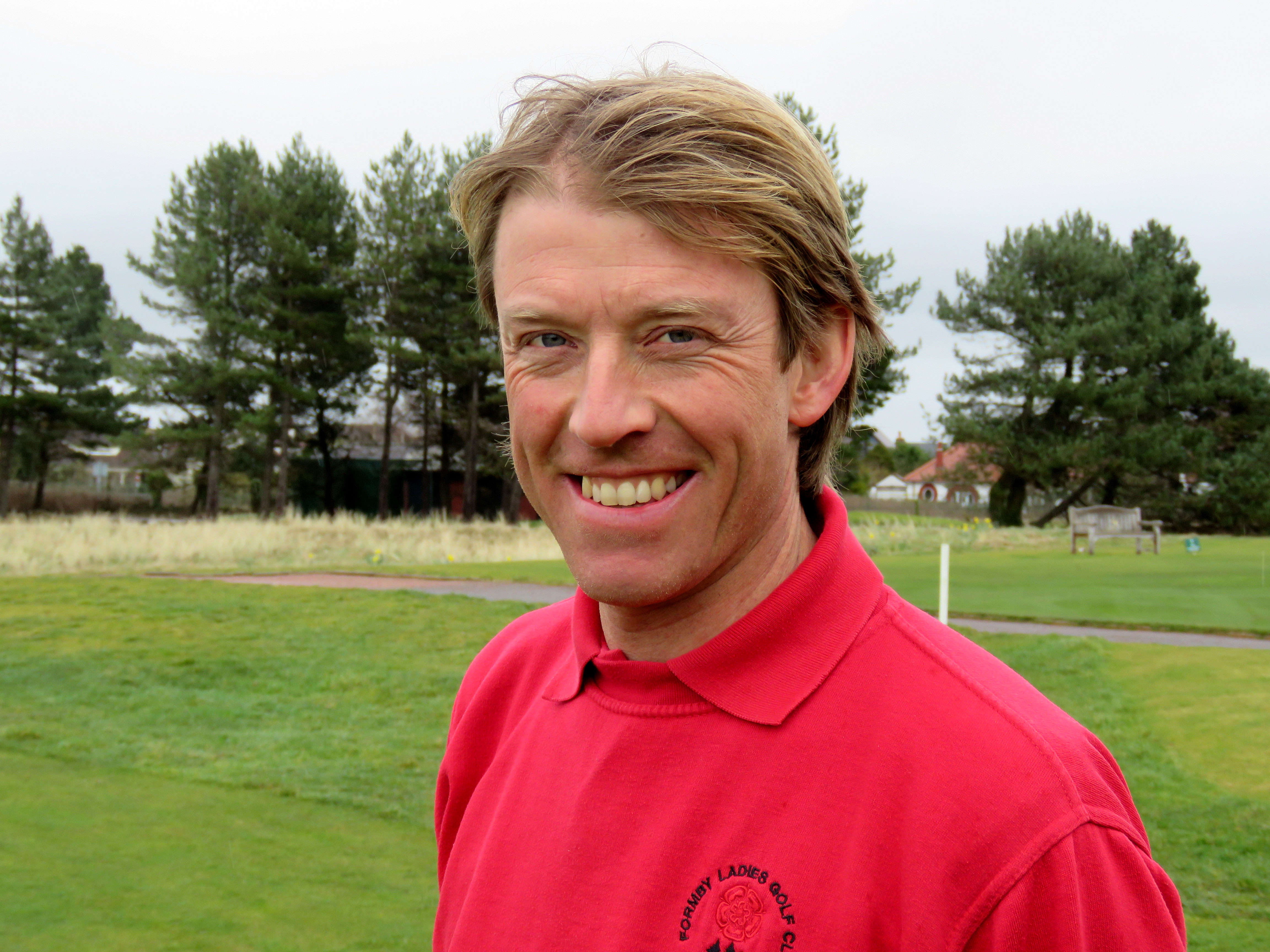
Rob Sandilands, course manager, Formby Ladies golf Club, Merseyside
Our philosophy is one of simplicity. Due to having an entirely female membership, we only have one set of tees that everyone – female members and mixed visitors – play from. We have a great and historic course that we feel speaks for itself, so we deliberately try to keep ‘clutter’ in terms of furniture to a minimum.
Each hole has our own handmade, hand-painted tee markers and yardage posts, all in our club red colours. This gives an individual, simple style that is in keeping with the natural style of golf course and surroundings that we have.
Some holes have benches with small wooden bins, but not every one, just so we can maintain the look and feel that we want.
This is what fits and compliments our particular course and we’re fortunate that it also aids and speeds up maintenance routines, as well as saving money on often very expensive accessories.
My personal opinion is that golf and golf courses have become far too fussy over detail with multiple tee markers and yardage posts, broken tee peg holders, divot boxes, yardage plates in fairways, pin position indicator flags, bins, ball washers – the list goes on!
I think if we all played more golf like we do here, in its more raw and simple form, we’d all enjoy it more and we’d get around the golf course a lot quicker!
For more information about the work of greenkeepers in the UK, please visit the BIGGA website.
Sponsored Posts
Latest News
